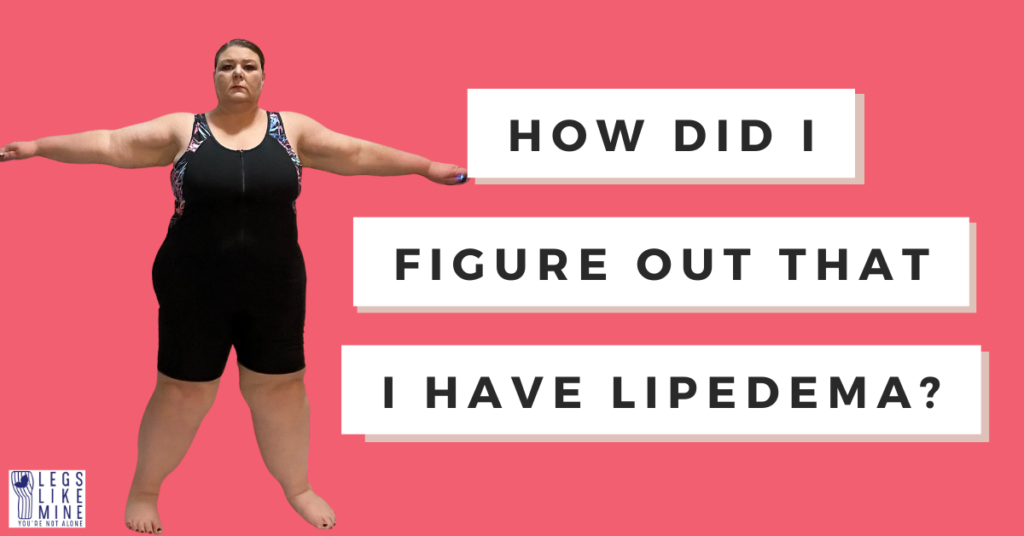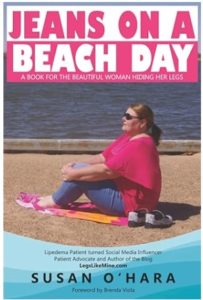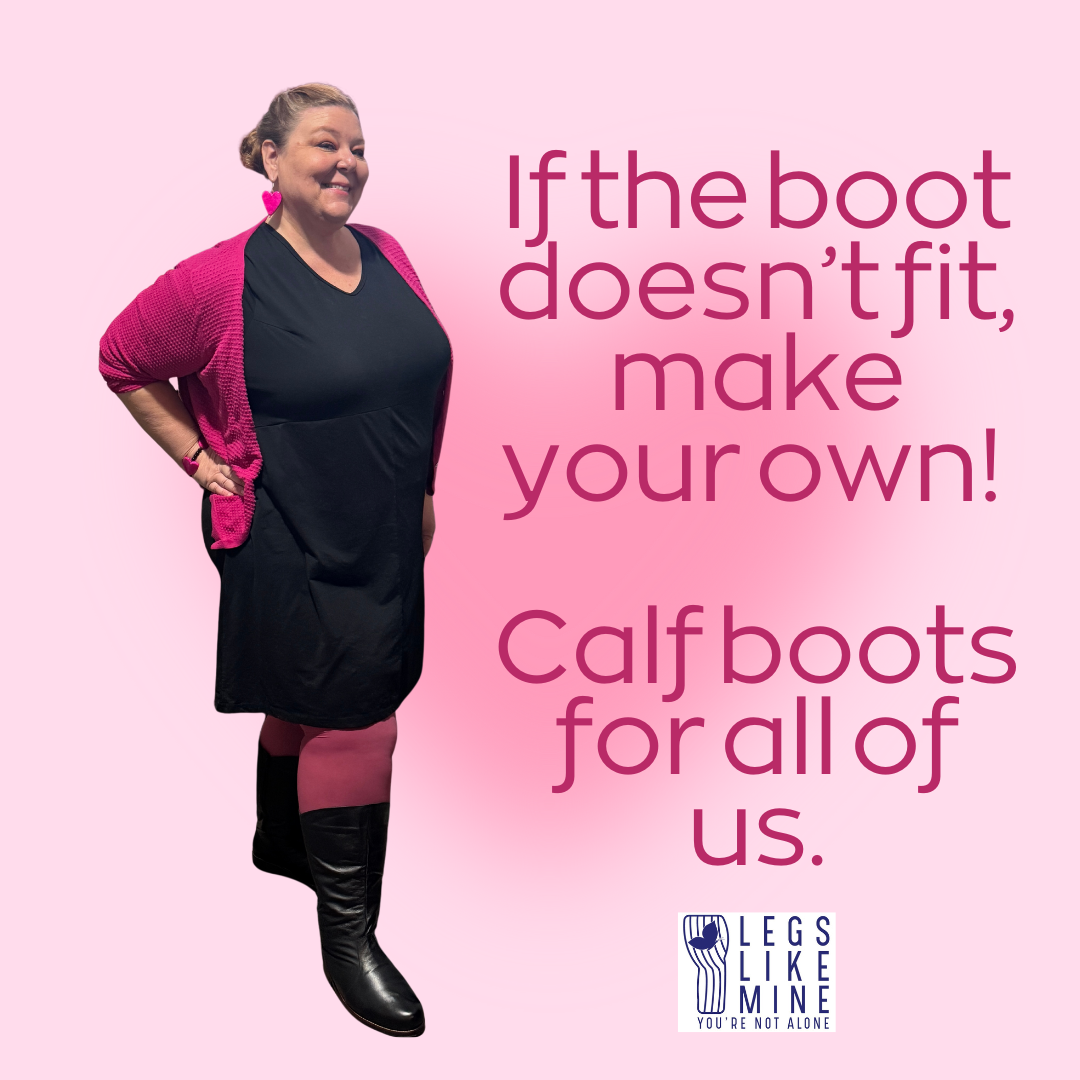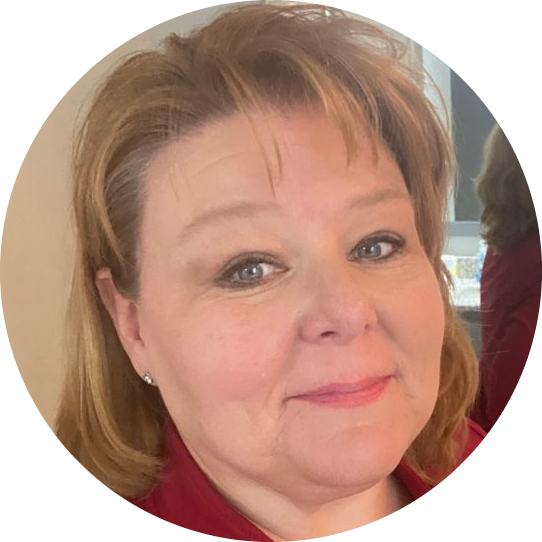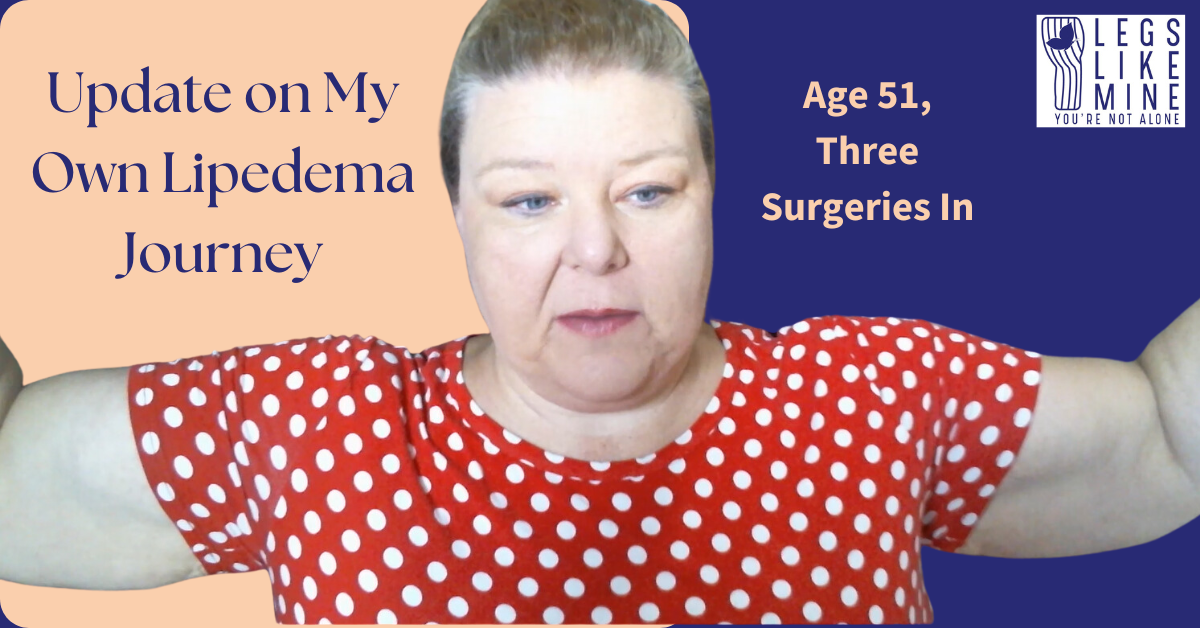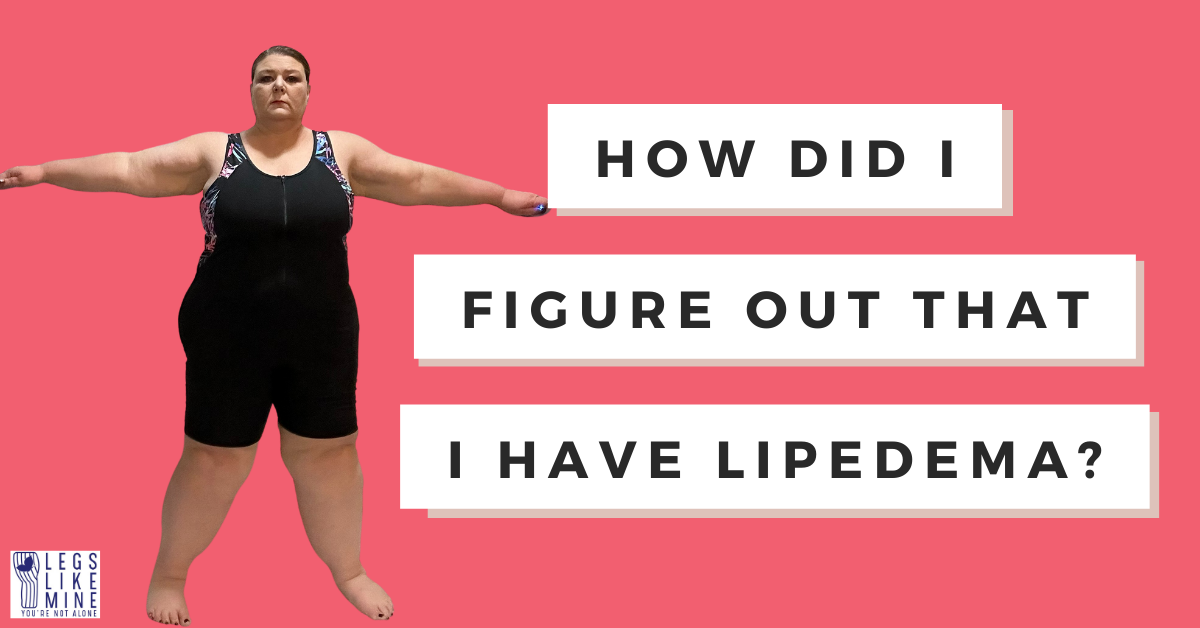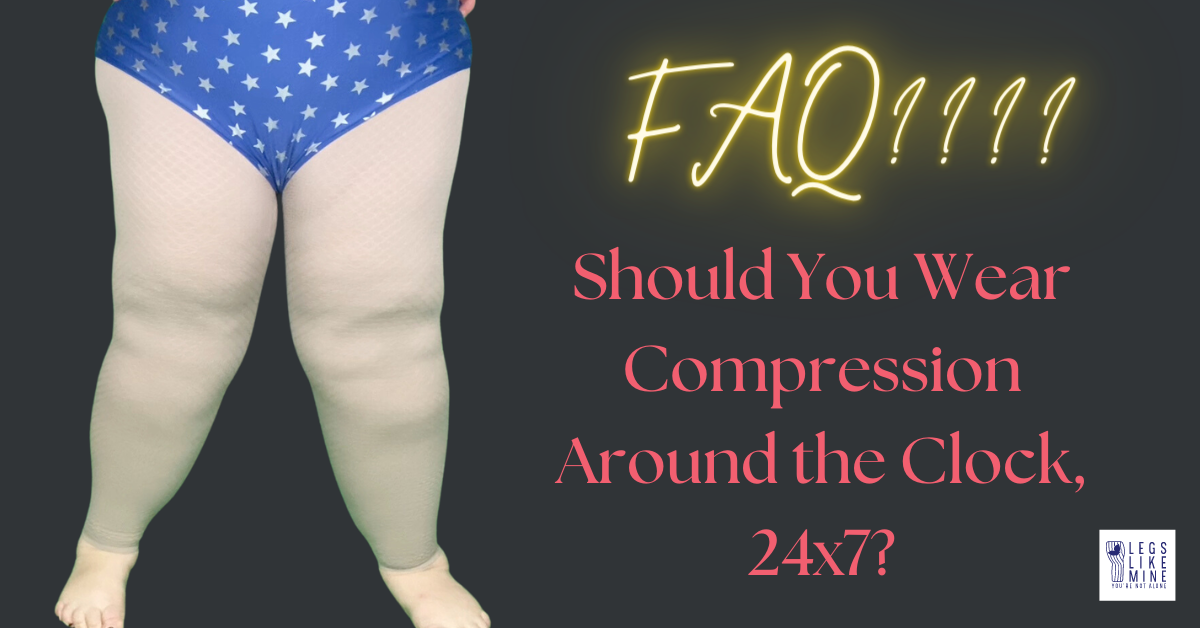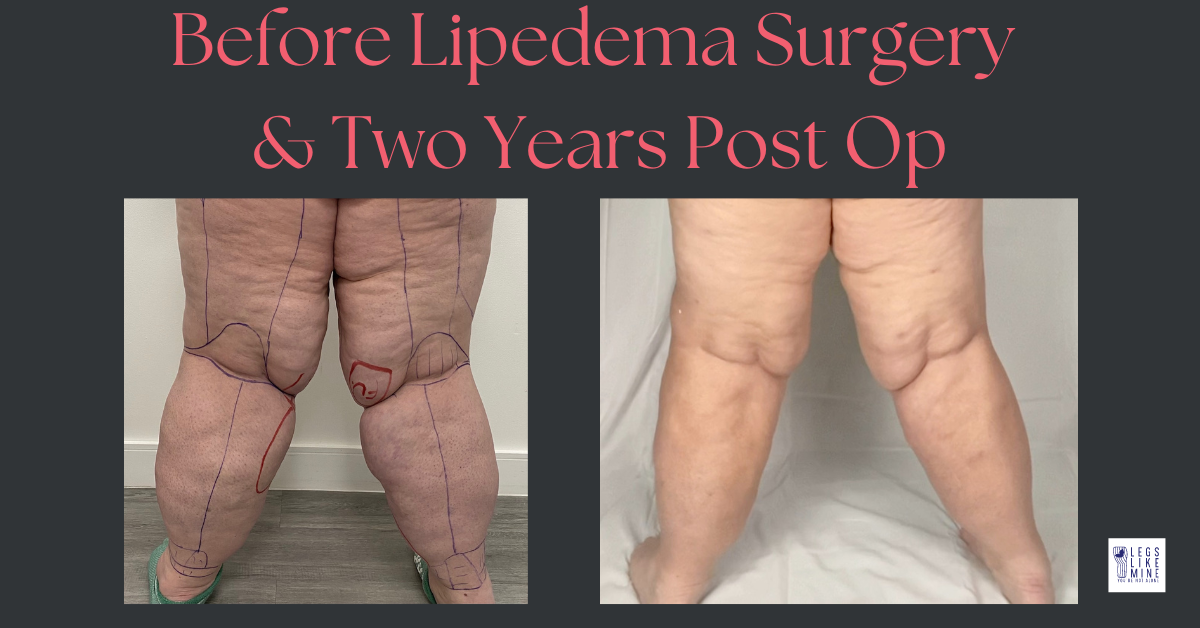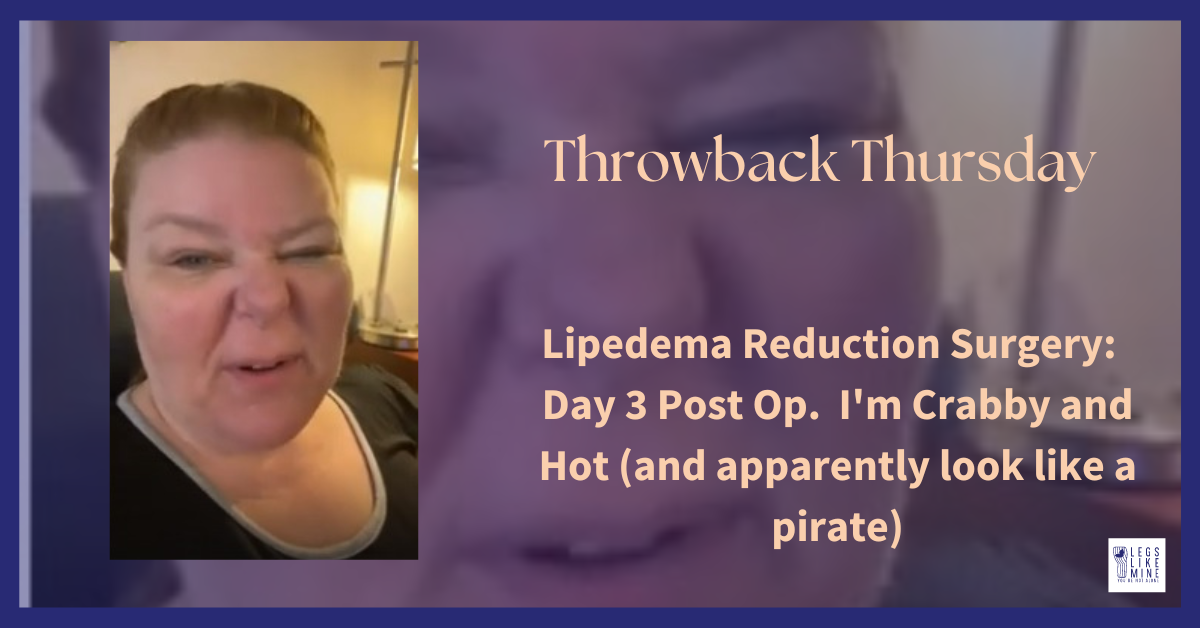Hey friends, This is a long one but it’s an answer to a question for you…I’m sharing an excerpt from my book Jeans on a Beach Day with you that tells the story of when and how I figured out I had lipedema. I get asked this ALL the time, especially on podcasts, so I thought I’d just share it with you! Enjoy!
Susan
“It took me years of thinking I might have cancer before I discovered lipedema. Imagine the terror of wondering when it would take me.
I’m guessing so many of you have similar stories. For me, I’ve been overweight since about second grade, and suffered all the things that kids do to each other because of it. I was on the grapefruit diet by age eight. I was a pretty active and outdoorsy kid, but always the one wearing husky jeans. Years of different diets and shenanigans with my body left me, “done with it all” until I had kids. Or at least until I wanted to have kids.
My fertility struggle has to fit into this whole mix somewhere. For several years during the time I was trying to get pregnant, I went to several doctors for help. This time was incredibly difficult psychologically. I experienced numerous doctors who fat shamed me, told me I wasn’t healthy enough to have a child, told me to lose weight, and even who told me that their medical equipment an speculums weren’t long enough for me to be treated. So not only was I already self-conscious about my body, but I began to think of myself as not even a normal or real woman because I couldn’t bear children. I eventually found a doctor at Bennett Fertility Center in Oklahoma City who not only recognized that I had polycystic ovary syndrome (PCOS) but was able to find the right treatment – the second month of seeing him no less – that helped me to get pregnant.
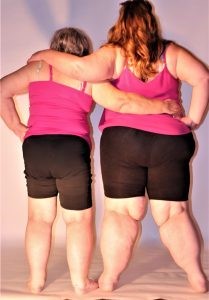
My mom also has lipedema – stage 1, but is not a candidate for surgery.
I left the hospital after delivering my first child with legs that would never be the same as they were before pregnancy. After several months on fertility hormones and then being prescribed progesterone for a total of 12 months during pregnancy, my legs had developed into tree trunks. With the birth of my second child, they grew even more. I continued to work full time in a professional management position while raising the kids with my husband. A few years later I noticed nodules that felt like painful golf balls under my skin as the stress in my job increased dramatically. I believed I was developing cancerous tumors in my legs.
I had natively started wearing maxi dresses to cover my legs, and had one day – years ago – decided shorts as a regular outfit piece weren’t for me, and had also switched to wearing long men’s board shorts over my bathing suit to hide the growing bulges. I felt jealous when I saw women my age, some of whom were bigger than me, who still had nice legs to show off when all I wanted was to cover mine to the floor. I somehow felt, ‘less than,’ because I couldn’t get my legs under control, despite having bariatric surgery twice and losing more than 150 pounds, training and completing a (walking) half marathon, and enjoying being an active mother I simply did not understand what was going on with my body.
My legs had been growing for a while and the backs of my calves especially got very hard and fibrotic – they even developed lumps so large that I’d named them. My primary doctor at home was very kind and worked with me extensively to try and figure out what was going on as each new symptom appeared. She sent me for x-rays, blood work, and several MRIs (both with and without contrast), but the results were inconclusive. The two of us had all but given up and explored alternatives including switching to a vegetarian diet for several years and even considered a third bariatric surgery which, I thankfully, decided not to do. Although they were well meaning, none of these treatments helped my condition. My legs continued to grow while I was a dedicated vegetarian! I saw a trusted physical therapist and even talked about ‘Larry’ (the name I had given to the large lump on my left calf), but neither of us knew what it was.
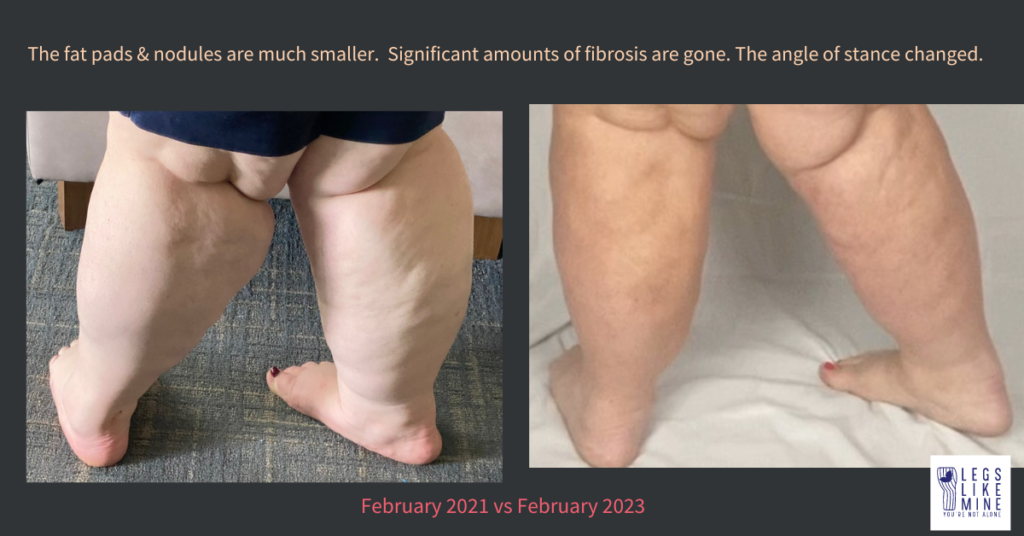
The fat pads & nodules are much smaller. Significant amounts of fibrosis are gone. The way I stand changed.
I suffered for years with legs that ached constantly and kept me awake at night. When my cats walked on me, it hurt deeply in my legs. I tried all kinds of things to help my legs: creams, ace bandages, icing, fascia blasting, rolling them with a rolling pin, special exercises and targeted weight lifting. Sadly the only results were wasted time and money, and a lot of strange bruises that looked like I had been beaten severely in the legs.
One day, I developed a sudden bout of tendonitis in my leg, rendering me nearly immobile, and I saw a foot specialist, who sent me to a brace company to have a special brace fitted before a trip to NYC with my Girl Scouts that would require miles of walking each day. I was only in my mid-forties and not ready to quit doing fun things like this. I was determined to use the brace and take the trip.
At the brace supplier, the technician casually asked me, “Who is treating your lymphedema?” Lymphedema? I had never heard of this word. It had a name? And there were other people around who were hiding their legs and suffering like me? Total lightbulb moment!
I went back to my doctor and reported what the brace technician had said. She immediately sent me to a certified lymphedema specialist for decongestive therapy. The therapist assigned me swimming therapy, arranged for a flexi touch pump, and taught me about wrapping and compression. I was angry at having gone years of not knowing that my condition was legitimate or special or real, but I was also relieved, finally, to have a sense of understanding about what was happening to my body. I had hope that I could get the swelling down enough to maybe someday wear a pair of shorts again with some dignity.
I saw the therapist faithfully several times a week, was measured for compression, bought boxes and loads of wrapping supplies, started using my pneumatic pump daily, and began to see some difference in the size of my legs. The goal of all these treatments is just to reduce the swelling and inflammation, and then the compression was to keep it from coming back. I was to wear the wraps for 24-36 hours at a time and take them off only to shower or to be rewrapped. I really struggled with wearing wraps on my legs because they slide down quite easily, it’s hard to walk with them on, and they’re bulky, and so on. I ultimately opted to purchase Velcro ready-wraps from lymphedemaproducts.com. The first ones I bought were customizable, and my therapist cut them down to fit for me. After I wore this type for a while, I discovered other wraps available on Amazon that were multiple layers of Velcro and could be adjusted each time they were put on. Also I was able to wear these wraps on top of leggings or compression, and I could move! Best of all, they worked to reduce swelling!
My new lymphedema diagnosis led me to join multiple Facebook support groups for lymphedema patients. Just when things were starting to feel better and I thought I was at the end of the line for treatment, my legs flared up with almost double the normal swelling and pain levels and went out of control, correlating with a ridiculously stressful day at work. In a single day, several new bumpy and painful golf ball sized nodules appeared out of nowhere. I went to every resource I knew, asking for help once again. When I shared photos of my legs online, I learned from some of my new friends that I may have actually had late stage lipedema (lipo lymphedema). Never having heard the word lipedema, I went down another rabbit hole of research and for the first time, I saw so many people with legs like mine on the internet! I immediately felt a kindred spirit with these brave souls who had shared their pictures and helped me figure it all out. It was the pictures that explained so much. Epiphany! Finally I had a term to Google, and a way to find specialists knowledgeable with the condition.
Through the internet, I connected with a doctor specializing in lipedema who looked at my pictures remotely and had me fill out a very extensive questionnaire, providing a very thorough history on my legs. After receiving my documentation, I met with the doctor and his staff over the phone to begin my journey toward treatment. Four years after I started my search in earnest, I finally received a written diagnosis by Dr. Jaime Schwartz in California, halfway across the country. Lipedema.
Once I got the diagnosis, I moved extremely fast to get surgical treatment – I’m not getting any younger and I have so much to do! I switched insurance companies to one that is known to cover lipedema. I gathered all of my documentation of tests and scans over the years, my receipts from treatments and purchases to date, and got my package ready. I was approved for surgery in January 2021, and by mid-February 2021, I was laying on the operating table in Beverly Hills and had the first 16 litres of lipedema tissue removed. I go into a lot more detail of the insurance and surgery process for you further in this book. I also documented my surgical recoveries every step of the way on my YouTube channel (youtube.com/c/LegsLikeMine).
As of today I’ve had three surgeries with Dr. Schwartz to help get my legs under control. In addition to surgery I continue to wear compression and wraps regularly, swim, and receive regular lymphatic therapy. Yes, my legs are still lumpy and bumpy, but they don’t hurt as much as they used to. I wear swimming suits, shorts, and shorter dresses than I have in twenty years. Most importantly, I’m able to walk without pain again after years of suffering.
Another thing I do is feverishly overshare and receive support online with many women in various stages of the treatment and diagnosis journey. I feel very deeply that I, and you, need to do what we can to share our stories so other women can receive diagnoses in time to save their mobility and dignity.
Along my journey I’ve learned that millions of women have lipedema and that I’m not a freak or rarity, but part of a big percentage of the population. There is some debate about the studies, but several sources, including the National Institutes of Health website cite that 11% of women have lipedema. ELEVEN PERCENT.
Through becoming part of the lipedema community, I’ve accepted the condition I have and now believe that I do indeed fit in. And yes, I’m still pretty. It took a lot of time, but I’m at peace with where I am. I’m honestly just glad to know that I have a real disease and that I’m not a failure for not being able to get my legs to slim down through diets and exercise. I even feel like it’s appropriate and right to continue doing things I love like snorkeling, playing on the beach, hiking and camping, and to show my legs more. It helps other women feel comfortable too when they see other imperfect people enjoying life. I plan to begin carrying little cards about lipedema that I can discretely share with women who look like me. I know I would be forever grateful back in the day when I had no clue what was going on, to even know the word lipedema.
I hear over and over that doctors receive only one hour of training on the lymphatic system during medical school. My experience is that lipedema and lymphedema, while not rare, are very rarely diagnosed correctly. Diagnosing as early as possible is imperative to slow progression with conservative treatments. This is another reason why we need to be aggressively sharing the story. Many of us, including myself, had doctors who hadn’t been trained to recognize and diagnose lipedema. Others, sadly, have doctors who diagnose it as obesity, and worse, some who fat shame. If we can get more doctors aware of the disease, we can get to needed treatment.
So as I mentioned, I decided to get courageous and share my story — well, actually OVER share my story. I started adding pictures to Instagram and Facebook, began blogging on LegsLikeMine.com, and started educating any medical professional who touches me about my condition, including my dentist! I brought pamphlets to my doctor, let other doctors touch and feel my legs to understand the lipomas in them, and invited my occupational therapist to have her peers come and see me before and after surgery. I started referring other lipedema patients to my medical team, both at home and in California. Additionally, I answered (and continue to) thousands of emails and messages from desperate women, all searching for the name of their disease and a way to receive treatment, wanting to know what I’ve experienced, and asking for advice, help, or just a listening ear.
After answering many questions individually, but repeatedly to different people, (and with the guidance of my husband who is a prolific blogger), I learned that capturing my knowledge and experiences in blog format was a more efficient way to share the same information with multiple people asking the same questions.
I wrote this book to answer some of the same questions for you, in hopes that you might gain a golden nugget of information that helps you or someone you love manage their condition. I’ve included several resources throughout the book to help you connect with professionals, support groups, and researchers, so you can get educated and take action.
I also hope you will have courage and share this book with the lady you see wearing jeans on a beach someday, so that she might figure out what’s going on with her own legs and give her the information she needs to be empowered to change her life.”

